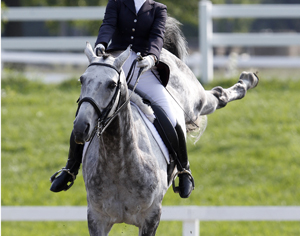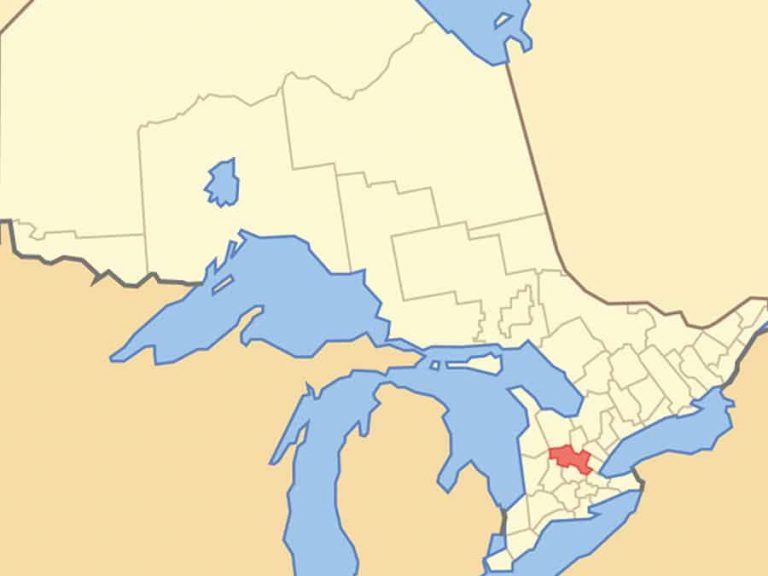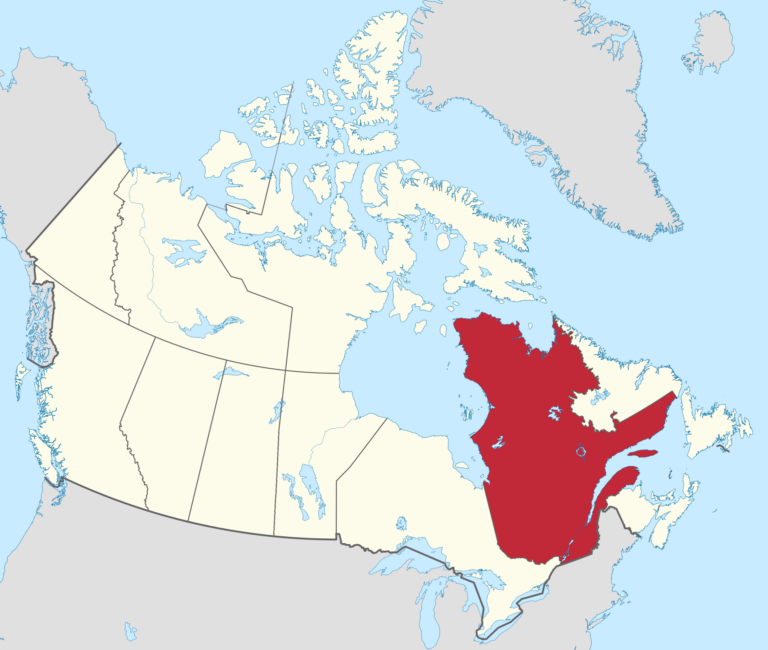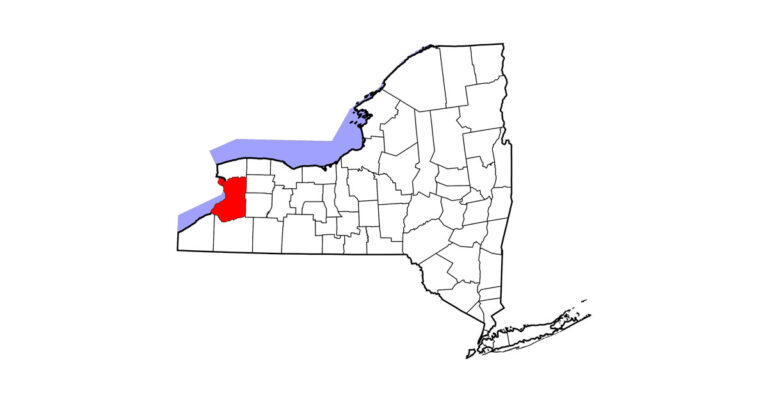
She stamps and squeals when other horses pass her stall. She forgets her manners, swishing her tail and trying to nip when you groom and tack her up. And when you ride she’s a total airhead, ignoring your aids, whinnying, jigging and dancing, rubbernecking right and left.
Yes, your mare’s in heat, and how you feel about that likely depends on your plans for her. If this is the year you plan to breed her, you may welcome the signs. If she’s days away from an important competition, not so much.
Timing is everything, either way. In this article Karen Wolfsdorf, DVM, a specialist in equine reproduction at the Hagyard Equine Medical Institute in Lexington, Kentucky, explains how you can influence your mare’s heat cycle to meet your goal—whether that’s top performance this year or a new foal at her side next year. For an overview of exactly what goes on when she cycles, see “The Heat Cycle” below.
Unwelcome Behavior
Your mare may hardly change when she comes into heat, or she may behave so erratically that you wish you’d bought a gelding. Most fall somewhere between those extremes. You may notice that she’s increasingly distracted. She may develop a passionate attachment to one of her barn buddies and whinny constantly if that horse is out of sight. She may squeal and kick out at the slightest provocation. She may also become sensitive in her back and sides and throw hissy fits when you apply leg pressure. Some mares are unusually spooky as estrus approaches.
How much of your mare’s behavior is due to hormone swings? “Ovaries are unfairly blamed for lots of problems, including lameness and training issues, so first rule out other causes,” Dr. Wolfsdorf says. Discuss the problems with your veterinarian and your trainer. Keep a journal of your mare’s behavior.
Consistently abnormal behavior is more likely to be a sign of underlying problems not related to your mare’s cycle, Dr. Wolfsdorf says. For example, ovarian tumors occasionally occur in mares. The most common type, the granulosa-cell tumor, can produce testosterone and other hormones that trigger aggression or “studdish” behavior, such as teasing other mares. Your mare may appear to be constantly in heat or never in heat. (Your veterinarian can find these tumors with rectal palpation, ultrasound and hormonal testing, and they can be surgically removed.)
If you find that your mare’s behavior fits the normal cyclical, seasonal heat pattern—she’s great for two weeks and a basket case the next week—odds are it’s heat-related. How big is the problem? Unless her behavior is a danger to herself or others, the answer depends on whether it interferes with what you want to do. If she’s harder to ride or doesn’t perform well during estrus, you may decide to just take it easy or give her time off on those days. But if you need to stick to a competition or training schedule, you may decide to control the timing of her heat cycle with hormone therapy.
Hormone Therapy
Medications to control the cycle are available by prescription from your veterinarian, who can help you figure out what’s best for your mare and your situation. Most of these medications don’t affect long-term fertility and, because most mimic hormones circulating naturally in your mare’s system, shouldn’t run afoul of competition drug rules. “Every mare is different,” Dr. Wolfsdorf notes, “so some approaches may work better than others for yours.”
Progesterone. This is the hormone that dominates during diestrus and keeps the mare from coming into heat. There are various types, with varying effectiveness. These medications should be used cautiously in mares with a history of uterine inflammation or infection because they can make that condition worse.
Regu-Mate(altrenogest) is a liquid oral medication that provides a synthetic source of progesterone. If you start it during diestrus, it will prevent your mare from returning to estrus as long as she continues to get a daily dose. When you stop, she’ll probably come into heat within five to 10 days. It’s easy to ?administer and works well in most mares.
- You can use Regu-Mate as a temporary fix to be sure your mare won’t be in heat for a big competition, or keep her on it spring through fall.
- At about $2.50 a day, keeping a mare on this medication can be expensive.
- Regu-Mate is usually given with a dose syringe (it can be mixed in feed). Because the hormone can be absorbed through the skin, you need to wear nonporous gloves and handle it carefully. If you’re pregnant, get someone else to do it.
Progesterone injections are given into the muscle and usually take effect within 24 hours. The injections delay heat anywhere from five days to a month or so, Dr. Wolfsdorf says, depending on the type of progesterone, the administration vehicle (the substance mixed with the active ingredient) and the individual mare’s ?response. Medoxyprogesterone acetate?the human contraceptive
Depo-Provera is sometimes given, but studies have shown it to be less reliable than other forms of progesterone as a way to suppress estrus in mares.
- For season-long control, progesterone injections may be more convenient and less expensive than the oral medication, depending on how often your mare needs them.
- It’s important to know the duration of activity of the product you use in your mare, so you know how long an injection will keep her out of heat.
- Swelling at the injection site may be a side effect, depending on the dose and the administration vehicle.
P&E. Progesterone combined with estradiol 17B (a form of estrogen) may help when progesterone alone doesn’t solve behavior problems. This happens in some mares, Dr. Wolfsdorf says, because progesterone delays the onset of heat but doesn’t stop ovarian activity so follicles can still develop in the ovaries. Adding estradiol suppresses follicular activity.
- P&E is available by prescription from compounding pharmacies as an intramuscular injection, in a short-acting formulation given daily or in slow-release formulation that acts for about 10 days.
- Progesterone and estradiol are ingredients in implants (Synovex) designed to promote weight gain in cattle but these implants aren’t effective in controlling estrus. Inserted under the skin, they release low doses of the hormones over 100 days or more. Researchers at Colorado State University found that even multiple implants didn’t keep mares from coming into heat.
Oxytocin. This naturally occurring hormone is also used to suppress heat. It can delay estrus for 30 days or more, Dr. Wolfsdorf says.
- Given at the right time and according to a specific protocol, oxytocin prolongs the life of the corpus luteum so that it continues to produce progesterone, keeping the mare out of heat.
- The treatment has few side effects, and it may be cheaper than other hormone therapies.
- Work with your vet to follow the protocol, which calls for intramuscular injections of small amounts of the hormone twice daily on days 7 to 14 after ovulation.
More Options
Beyond hormones, there are few good options for controlling heat-related behavior.
“Herbal supplements will not keep your mare from coming into heat, but they may help calm her down,” Dr. Wolfsdorf says. These supplements don’t work for every mare, and some respond better to certain products than to others. If you compete, pay close attention to ingredients and check with the association governing your sport to be sure the product won’t violate medication rules. Herbs such as valerian, vervain and passionflower, used in some of these products, are on the International Equestrian Federation (FEI) list of forbidden substances.
Ovariectomy—spaying—is a last resort. The surgery can be done standing with local anesthetic and sedation. But, Dr. Wolfsdorf says, “We don’t recommend it as a behavioral fix. It’s usually done for tumors or other pathology.” It may not solve behavior problems, she explains, because taking a mare’s ovaries leaves her with no source of progesterone, the dominant hormone that keeps her on an even keel during diestrus. You’ll most likely need to give her supplemental progesterone.
New treatments may be on the horizon. In a chance discovery, British researchers found that infusing small amounts of coconut oil into a mare’s uterus 10 days after ovulation can extend diestrus in much the same way that oxytocin injections do. The researchers think that the mix of fatty acids in the oil is responsible. “The method isn’t used much yet, but it may be something for the future,” says Dr. Wolfsdorf.
If You Want to Breed
Start by scheduling a breeding soundness exam before the season begins, Dr. Wolfsdorf says, so you’ll have time to clear up infections or other problems that might prevent a successful pregnancy. Then monitor—or manipulate—your mare’s cycle to time her breeding.
Check and confirm. The best and easiest way to recognize heat is with a teaser stallion or colt.
- Walk the mare past the teaser daily, with a teaser rail or similar barrier between them, or bring him to a stall next to her. Be careful—if she’s not ready, she may become aggressive and kick or strike at him.
- If she’s in heat she’ll show interest and perhaps squat, wink her vulva or urinate. Signs vary widely, though, and some mares are quiet and shy. Tease throughout the cycle and record the changes in your mare’s behavior, and you’ll learn over time to recognize her signs.
- Without a teaser, you’ll need your veterinarian to monitor your mare and figure out where she is in her estrous cycle.
Either way, once you know your mare is in heat, have your veterinarian confirm it with transrectal palpation and ultrasound examinations. Your mare should be bred as close as possible to ovulation—no more than a day or two before and no more than six hours after. Since heat lengths vary depending on the time of year and the individual mare, the timing may be hard to judge. Rectal palpation and ultrasound allow the veterinarian to assess the size and softness of the developing follicle, the amount of edema (swelling) present within her uterus and how open her cervix is. The findings help determine when your mare is likely to ovulate. “If she has a 40-millimeter follicle and good edema, for example, she’ll ovulate sooner than she will with a 20 mm follicle and developing edema,” Dr. Wolfsdorf says.
Short cycling. Using hormones to bring your mare into heat—short cycling—lets you plan breeding more precisely. “This can be especially helpful when you need to coordinate delivery of shipped semen and a visit from your vet for artificial insemination,” Dr. Wolfsdorf notes.
The hormones used are prostaglandins—a natural form (Lutalyse) or a synthetic (Estrumate). Like the prostaglandin produced by the lining of the mare’s uterus at the end of diestrus, they break down the corpus luteum and stop the production of progesterone. That allows the mare to come into heat.
- Your vet will examine the mare to be sure she’s in diestrus and has a mature corpus luteum before administering the prostaglandin. Generally this will be six days after ovulation.
- “Palpation and ultrasound are essential at the time of prostaglandin treatment, to assess follicle size,” Dr. Wolfsdorf says. This allows the veterinarian to estimate the onset of estrus and the time of ovulation. “If you give prostaglandins and schedule artificial insemination for two days later without knowing this, you will most likely miss your opportunity.”
- Some mares respond to prostaglandins with sweating, and a few become colicky. Dr. Wolfsdorf says that the synthetic form seems to have fewer side effects in these mares.
- Prostaglandins are given in an intramuscular injection; if given IV, the mare will collapse and convulse, which can be life threatening.
Getting a Head Start
Thoroughbred mares are often bred in February or March to ensure that their foals are born as close as possible to January 1—the official birthday of all racing Thoroughbreds. “But you can’t just pull a mare out of the field in early spring and expect her to come into heat,” Dr. Wolfsdorf says—the days are too short to trigger the hormones that govern her cycle. She needs at least 15 hours of daylight each day.
To breed in February, plan ahead and put her under lights. Increase the hours of light at the end of the day, say by keeping lights on in her stall until 11 p.m. “The light must be strong enough for you to easily read a newspaper everywhere in her stall,” says Dr. Wolfsdorf, “because she’ll tend to hang out in the darkest corner.” Most mares will begin to cycle after about 60 days of extra light.
You can also try to induce the cycle with hormones. This works best in the transition stage, in early spring. Prostaglandins won’t help at this stage if no corpus luteum is present, but a combination of progesterone and estradiol may. Follicle stimulating hormone, gonadotropin-releasing hormone and other hormones are also used. “There are lots of protocols,” Dr. Wolfsdorf says, “which tells you that none works perfectly.
This article originally appeared in the January 2012 issue of Practical Horseman magazine.










